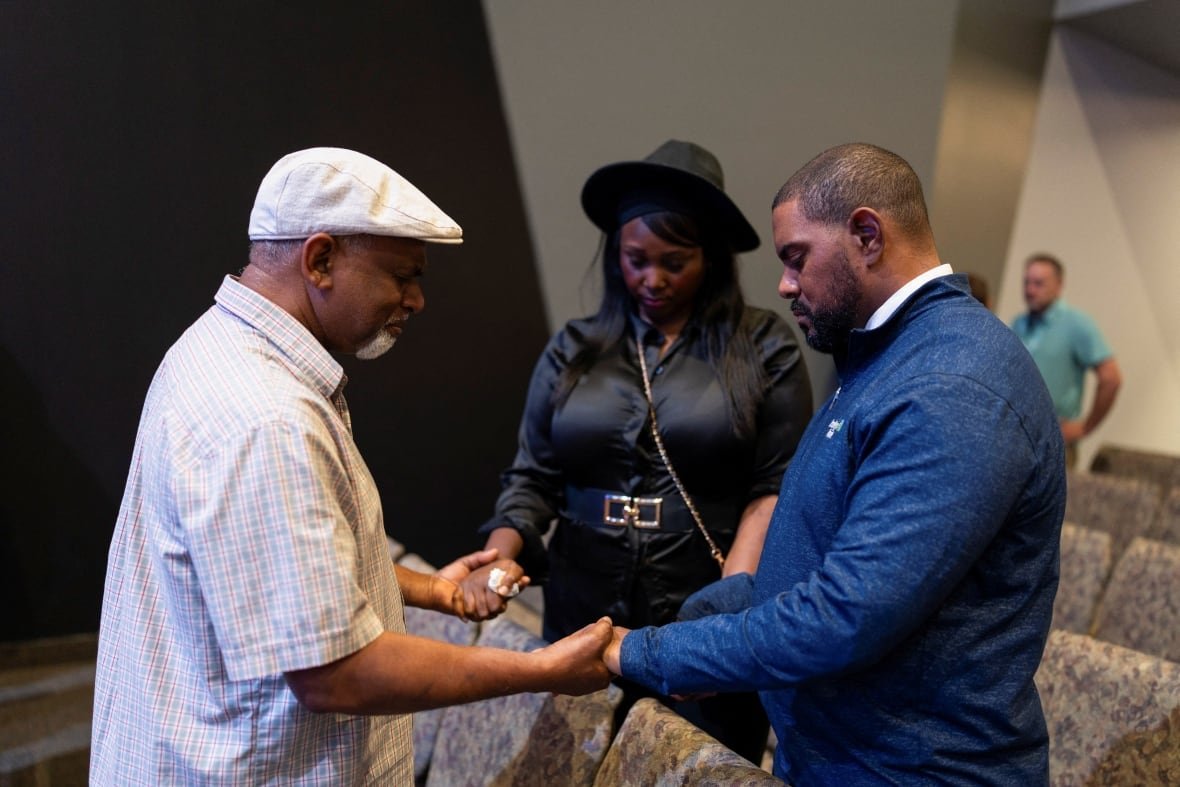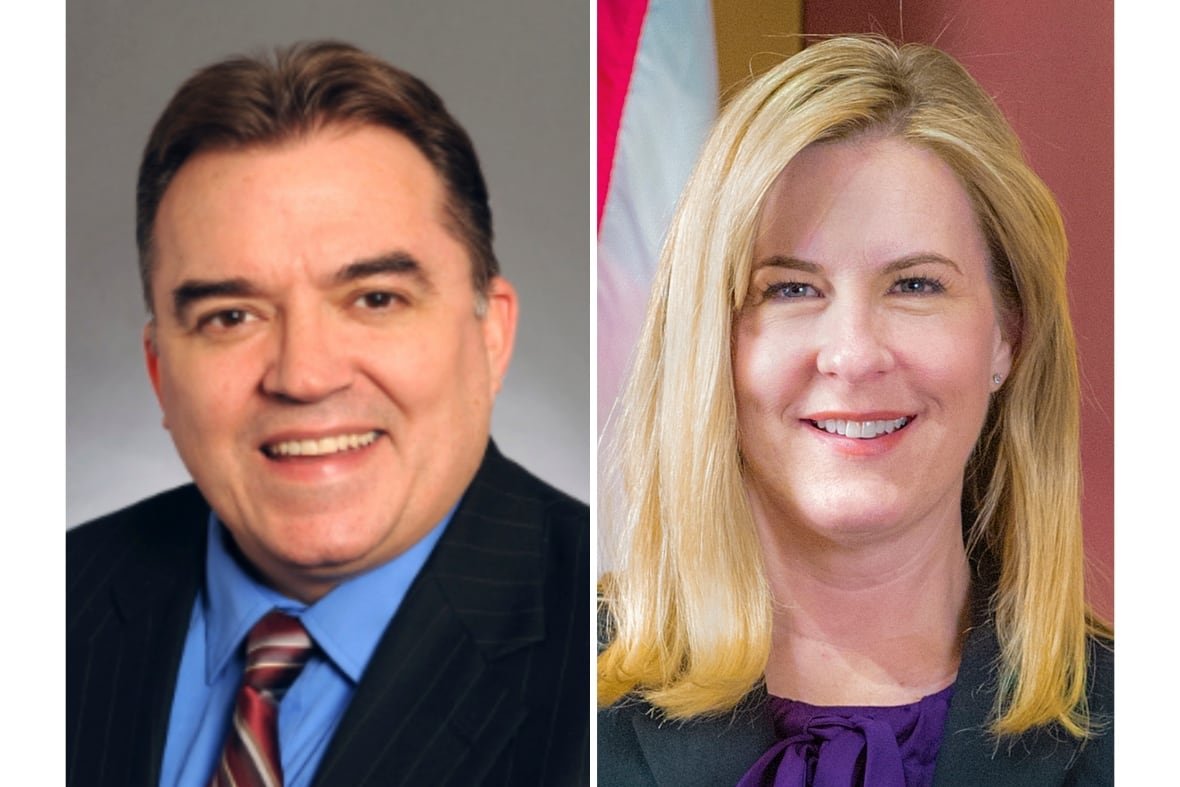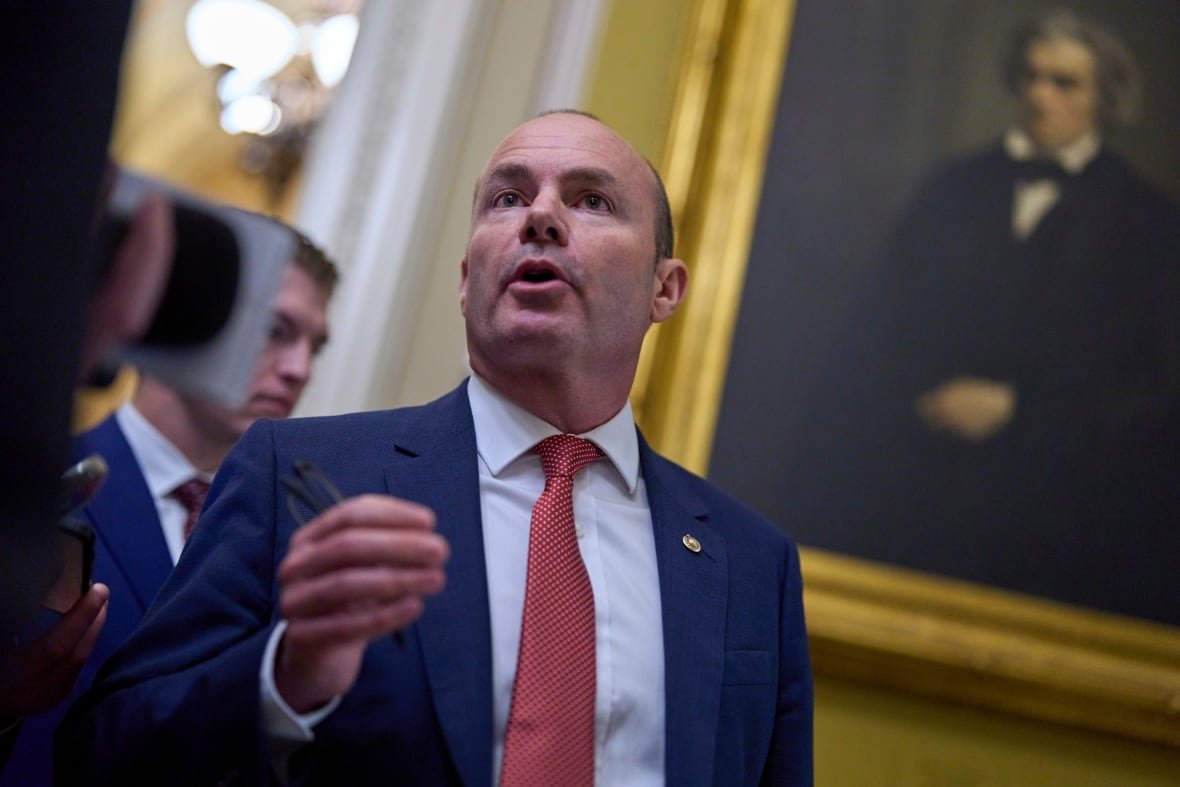The recent shootings at the homes of Minnesota state lawmakers, which have left two people dead, are a “grim milestone” in the ongoing history of American political violence.
That’s the assessment of analyst Riley McCabe, who helped compile a comprehensive report on that subject released in late 2024 by Washington think-tank the Center for Strategic and International Studies (CSIS).
The shootings saw Democratic House Speaker Melissa Hortman and her husband, Mark, killed by gunfire at their Brooklyn Park, Minn., home on June 13. Democratic state senator John Hoffman and his wife, Yvette, somehow survived despite reportedly being shot several times each at their residence in a separate neighbourhood.
Vance Boelter, 57, charged with murder, attempted murder and stalking offences, allegedly texted his family “Dad went to war last night,” per a federal criminal document. Several Democrats, even from outside the state, say police told them their names were found in the suspect’s private writings.
While it’s early days in the investigation, the Minnesota suspect may fit a phenomenon CSIS has increasingly tracked in the past decade, McCabe told CBC News, namely, “a partisan attack targeting the members of the opposite political party.”
As well, unlike the high-profile shooting of Republican Steve Scalise almost exactly eight years to the day of the Hortman-Hoffman shootings, there haven’t been uniform calls across the aisle for unity, or to rachet down demeaning language.
Vance Boelter, the man suspected of killing a Minnesota lawmaker and wounding another, crawled to officers in surrender on Sunday after they located him in the woods near his home, bringing an end to a nearly two-day search.
More personal threats
Whereas a significant majority of attacks between 1991 and 2004 were inspired by general animus toward the federal government, CSIS reports, the inspiration has often become more individualized or specific in recent years.
Between 2016 to 2023, the think-tank documented 21 “terrorist attacks on public officials motivated by partisan political beliefs,” as compared to just two over the previous two decades. Fortunately, the vast majority did not lead to death.
“In the last few years, elected officials have been receiving a much higher number of threats,” Lilliana Mason, who co-authored the 2022 book, Radical American Partisanship: Mapping Violent Hostility, Its Causes, and the Consequences for Democracy.
“The Capitol Police report a larger number of threats to people in Congress, and judges are getting threatened more if they disagree with [President Donald] Trump.”
And Democrats are not alone in being targets for violence. On the day Mason spoke to CBC, it was announced a Georgia man was being indicted for violent voicemail threats directed at Republican senators Ted Cruz and Deb Fischer.

Residential attacks
While the U.S. is outlier among G7 nations in terms of gun violence, it’s important to stress the uniqueness of last week’s attacks, even in American history.
Tennessee’s Tommy Burks was, in 1998, the last state lawmaker specifically targeted in a political attack and killed. While South Carolina legislator Clementa Pinckney was killed in a 2015 mass shooting at a church, there was no indication the white supremacist gunman was motivated by his political function.

Federal politicians Scalise, and Democrat Gabrielle Giffords, forced to retire from U.S. Congress after a 2012 shooting, were attacked in public spaces. But the Minnesota shootings are part of a disturbing recent cluster of violence at residences.
Just this year, a man was charged with arson and other offences after a fire at the Pennsylvania governor’s residence, while a former Republican candidate was convicted on an assortment of charges after hiring men who shot at the houses of New Mexico political rivals a few years ago.
Meanwhile, a 29-year-old will be sentenced later this year after travelling to Supreme Justice Brett Kavanaugh’s street in Maryland in 2022. The armed Californian didn’t commit violence, after spotting two federal marshals near Kavanaugh’s residence.
Judges in high-profile cases have been doxxed via unsolicited pizza deliveries, while police have responded several times to a residence owned by Republican House member Marjorie Taylor Greene for swatting calls, once inadvertently causing another person’s death.
Rhetoric matters
State or local public figures can’t realistically afford the level of security provided to a Supreme Court justice, and even at the federal level there are limits to what can be done, Congress members in D.C. said this week. Former U.S. senator and business executive Mitt Romney once told a journalist he spent $5,000 out-of-pocket per day on security after the 2021 Capitol riot.
That makes the rhetoric of leaders very important, says Mason, who is also a political science professor at Johns Hopkins University. Since 2017, Mason and Nathan Kalmoe, associate professor of political communication in Louisiana State University, have conducted over a dozen surveys of between 1,000 and 3,000 Americans to probe views on political violence, in partnership with YouGov.

While Mason and Kalmoe stress there is little evidence that all but a very small slice of the population would commit a violent attack of a politicized nature, the surveys suggest a growing openness to the idea of political violence.
Mason and Kalmoe report that in their surveys, support for a statement that the opposing party is “downright evil” jumped from 40 to 59 per cent between 2017 and 2021. In early November 2020, 39 per cent of Democrats and 48 per cent of Republicans agreed that political violence might be justified if the opposing party was violent first, but by June 2024, the figures were 58 per cent of Democrats and 60 per cent of Republicans.
To contrast, in 1978-79 surveys conducted by two political scientists and later summarized in a book, only six per cent said violence was sometimes necessary to achieve a political goal.
Calming words from the right people could have a positive impact, even on the most passionate of partisans, the researchers say.
“We did an experiment where we just had people read one quote from either Joe Biden or Donald Trump that disavowed political violence, and even that one short little thing, people who read that were less approving of violence than people who didn’t read anything,” Mason told CBC.
‘Ugly politics’
The universal condemnation and calls for comity seen after the Scalise shooting in 2017, sadly, no longer seem to occur, though the response this week from the MAGA right has arguably not reached the derision of 2022 when the likes of Donald Trump Jr. mocked the attack of Paul Pelosi in his San Francisco home. The Canadian attacker sought to confront Democrat Nancy Pelosi, who was in D.C., but viciously assaulted her husband.

Just hours after the Minnesota manhunt was made public, Utah Sen. Mike Lee and Elon Musk spread without evidence the theory that the suspect was from the “hard left” or “Marxist.”
“A lot of what we see in the aftermath of these attacks is the attempt by both sides to push the perpetrator into the [other party’s] camp, which I think is ugly politics, frankly,” said McCabe, an associate fellow with the warfare, illegal threats and terrorism program at CSIS.
Lee was taken aside by Minnesota Sen. Tina Smith, who called several posts distasteful. Lee, with over 600,000 X followers, eventually took the posts down, but they were live for a couple of days.
Jon Stewart on The Daily Show was less circumspect in his language than Smith, taking Lee to task for “edgelord shitposting” at a time of tragedy.
‘Why should I call him?’
While Trump called last weekend’s attacks “horrendous” in a social media post, he doesn’t appear to have reached out to state officials to emphasize support or express condolences.
“I think the governor of Minnesota is so whacked out. I’m not calling him. Why would I call him?” he said Tuesday.
Trump on Thursday continued his habit of using dehumanizing language — which in the past has included words like vermin, traitor, and treasonous — referring to former Biden White House officials as “scum.”
Trump’s combative approach remains unchanged even after the assassination attempt on his own life last year, with an arrest following weeks later of an armed man with known anti-Trump views. As well, Trump’s first term saw a supporter of his sent pipe bombs — inoperable, fortunately — to the residences of several liberal or Democratic figures in 2018.
Joseph Thompson, acting U.S. Attorney for the District of Minnesota, said Monday he hoped the killings could at least be a “wake-up call to everyone that people can disagree with you without being evil,” but part of that message isn’t being received where it might matter the most.


